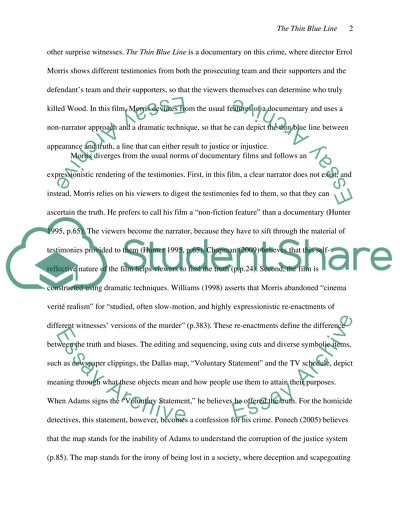Cite this document
(“Analyse and research a complete full length documentary film (from the Essay”, n.d.)
Analyse and research a complete full length documentary film (from the Essay. Retrieved from https://studentshare.org/journalism-communication/1599831-analyse-and-research-a-complete-full-length-documentary-film-from-the-list-be-sure-to-cite-specific-examples-from-within-the-film-at-least-two-major-scenes-should-be-analysed-in-detail
Analyse and research a complete full length documentary film (from the Essay. Retrieved from https://studentshare.org/journalism-communication/1599831-analyse-and-research-a-complete-full-length-documentary-film-from-the-list-be-sure-to-cite-specific-examples-from-within-the-film-at-least-two-major-scenes-should-be-analysed-in-detail
(Analyse and Research a Complete Full Length Documentary Film (from the Essay)
Analyse and Research a Complete Full Length Documentary Film (from the Essay. https://studentshare.org/journalism-communication/1599831-analyse-and-research-a-complete-full-length-documentary-film-from-the-list-be-sure-to-cite-specific-examples-from-within-the-film-at-least-two-major-scenes-should-be-analysed-in-detail.
Analyse and Research a Complete Full Length Documentary Film (from the Essay. https://studentshare.org/journalism-communication/1599831-analyse-and-research-a-complete-full-length-documentary-film-from-the-list-be-sure-to-cite-specific-examples-from-within-the-film-at-least-two-major-scenes-should-be-analysed-in-detail.
“Analyse and Research a Complete Full Length Documentary Film (from the Essay”, n.d. https://studentshare.org/journalism-communication/1599831-analyse-and-research-a-complete-full-length-documentary-film-from-the-list-be-sure-to-cite-specific-examples-from-within-the-film-at-least-two-major-scenes-should-be-analysed-in-detail.


